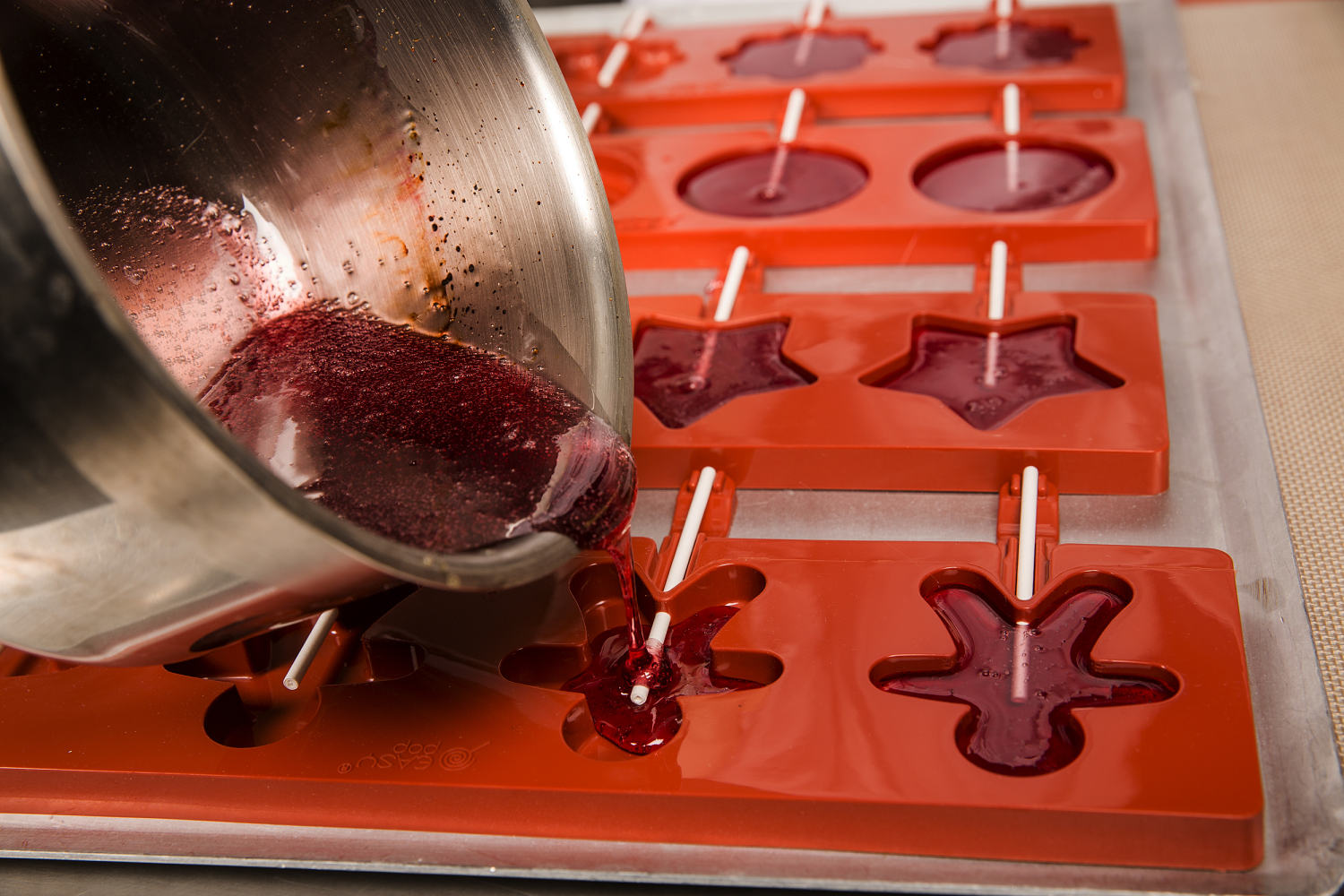
Food safety advocates cheered the news that U.S. regulators were banning Red 3 and said they did not expect any problems with the artificial dye being quickly removed from U.S. grocery store shelves.
Red No. 3 gives thousands of food, drink and confectionery products their cherry red hue. On Wednesday, the U.S. Food and Drug Administration announced it would ban its use starting in 2027, following decades of concerns about the additive's safety.
Those petitioning to ban Red No. 3 say there's no reason why it can't be removed from products as soon as possible. It has long been banned in the European Union and some other countries, which means many companies selling food and drinks overseas already have recipes that can be easily substituted for U.S. consumers.
Additionally, in 2023, California became the first state to pass a law banning the use of Red No. 3 in the products it sells. The ban, which also takes effect in 2027, is expected to have a nationwide impact on manufacturers, who are unlikely to reformulate recipes just for Californians.
“Companies have been wary of this,” said Dr. Peter Lurie, president and executive director of the Center for Science in the Public Interest, a consumer advocacy group that petitioned the FDA in 2022 to stop the use of Red 3. "They've had plenty of time to think about the problem and come up with alternatives."
According to the Environmental Working Group, a research and advocacy health group that joined the Center for Science in the Public Interest petition, Red 3 is contained in about 3,000 products sold in the United States, including store-bought baked goods, seasonal candies, strawberry meal replacement shakes and more .
First approved for use in food more than a century ago, Red 3, which is made from petroleum, was banned from use in cosmetics in 1990 after a study found evidence that the dye was harmful to mice exposed to high doses. can cause cancer. However, despite the EU and elsewhere banning the substance (except in cocktail cherries) in 1994 and mounting evidence that it is carcinogenic to animals, it is still allowed to remain in food.
Democratic Assemblyman Jesse Gabriel, who introduced California legislation to ban the use of Red 3 in the state, said outlawing the colorant would not result in any products being removed from U.S. supermarket shelves. He said it would only require some minor tweaks to the recipe, many of which are already being implemented in other countries.
"There are many natural alternatives readily available. These companies know this," he said. "They make the same versions of products in other countries that we know and love in the United States, but without the harmful dyes."
Vineet Dubey, a consumer protection and environmental attorney at Custodio & Dubey LLP in Los Angeles, said common alternatives to synthetic red food coloring include beet juice and pomegranate juice, natural options that companies shy away from because They think they cost more. company.
"It's cheaper to use these artificial dyes. That's why these companies use them," he said. "If they were allowed to do it for profit, they would use the cheapest materials."
But Gabriel said his legislative research concluded otherwise.
"When we introduced this bill and made it through the Legislature, we actually showed that in most cases, safer ingredients are actually cheaper," he said. "We don't expect any price increases for any food items."
Food manufacturers say they will comply with the FDA's ban on Red 3. Ferrara, the maker of Brach corn candy containing Red No. 3, said it had begun phasing out the dye in early 2023 and that less than 10% of its products use Red No. 3 dye. This feature is currently included in its product portfolio.
"We are on track to eliminate food coloring from our remaining products by the end of 2026," Ferrara said in an email. "All of our products are safe to eat and are made with only FDA-approved ingredients."
Just Born, the maker of Easter marshmallow Peeps, said it stopped using the Red No. 3 candy after Easter last year.
"Just Born is always evolving with new developments and consumer preferences. We have removed Red #3 from all PEEPS products," the company said in an email to NBC News on Wednesday.
Trade group Consumer Brands Association said food safety is a top priority for businesses, and Sarah Gallo, senior vice president of product policy and federal affairs, added in a statement that "food and beverage companies will continue to follow the latest Science and compliance. "Comply with all food safety regulations to ensure consumers have safe and available choices. "
The International Color Manufacturers Association, which represents the color additive industry, insists Red 3 is safe to eat and argued in a statement that the ban was based on evidence of cancer in animals, not humans. Still, the FDA says it cannot approve food additives that have been found to cause cancer in humans or animals.
The FDA has not banned other artificial dyes, including Red 40, that have been linked to separate health problems, such as ADHD and behavioral problems in children. Lurie said some manufacturers may simply switch from Red 3 to Red 40.
Regardless, removing Red 3 is a "huge win" for consumers, said Melanie Benesh, the Environmental Working Group's vice president of government affairs.
“This shouldn’t be difficult for companies,” she said.
"Many multinational food companies that manufacture products in the United States also sell products in Europe and have found ways to comply with the European ban and still sell brightly colored red foods that are attractive in those markets, and have successfully done so without Red 3," she added.